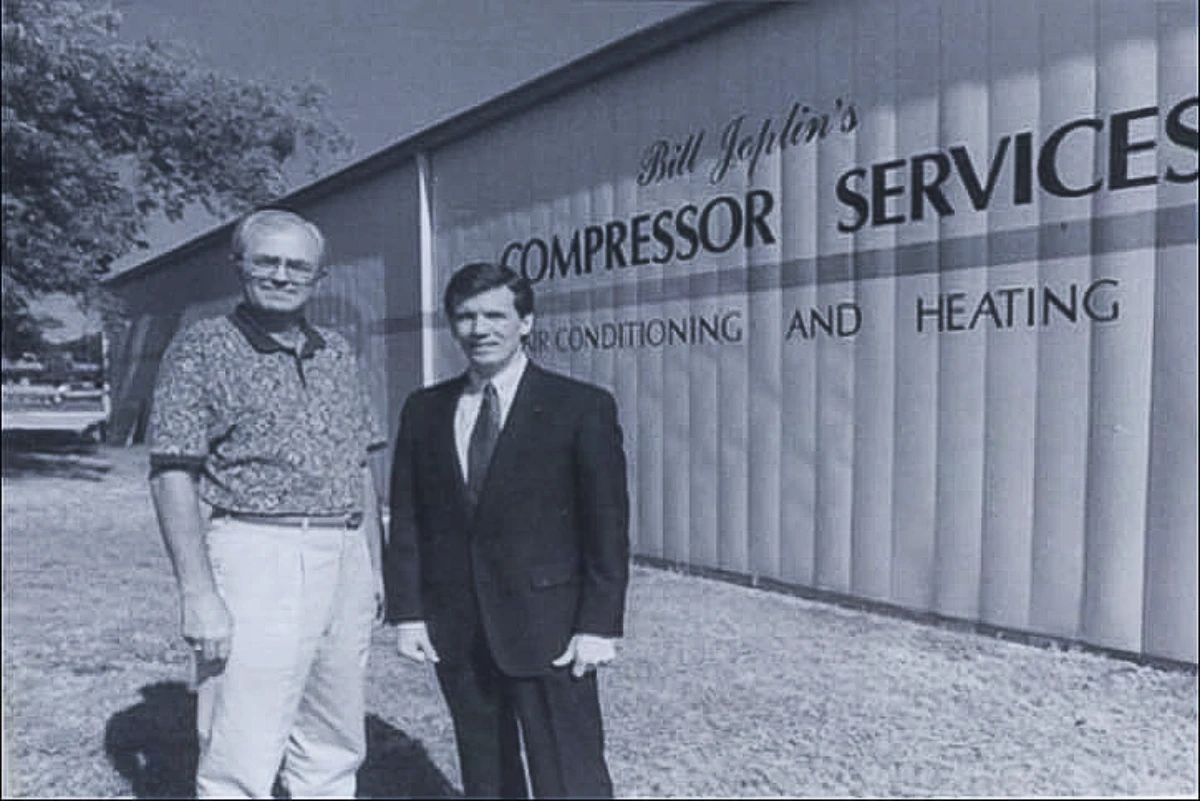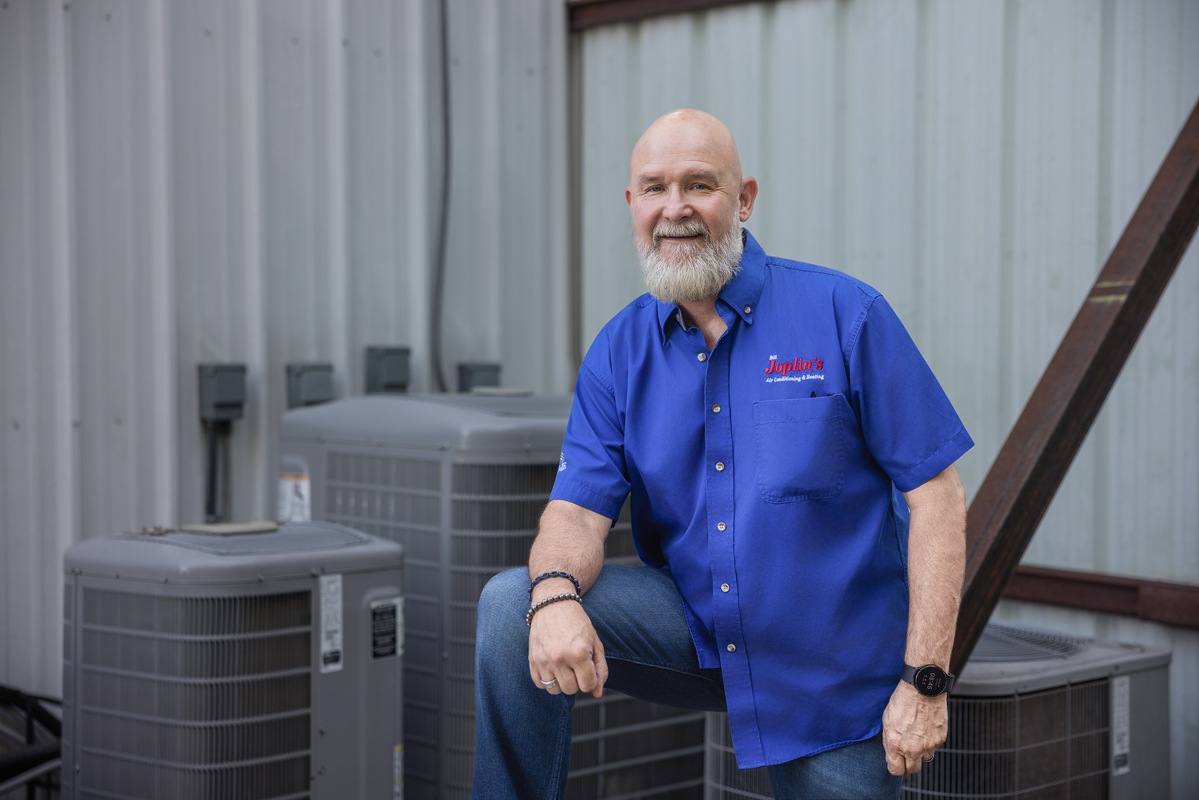Here in McKinney, Texas, every draft of cool air is precious. To lose any of that comfort during the smothering heat of summer would be like accidentally tipping the ice cream off of your cone and onto the ground. Unfortunately, many homeowners in McKinney are losing some of that precious cool air to an improperly insulated or leaky attic. When an attic is not properly insulated and sealed, homeowners start losing both comfort and money through those pesky leaks. Here’s how a drafty attic is contributing to your energy bills, and what you can do to stop it.
Attic Drafts and Efficiency
In the center of a Texan summer, we all want some very clear division between the air inside our home and the air outside. In the HVAC industry, that separation is often referred to as your home’s thermal envelope. The thermal envelope refers specifically to the air inside your home, so naturally, you want a tight and secure thermal envelope, one void of leaks. Unfortunately, a home’s thermal envelope often runs into some issues when it comes to attics, and a poor thermal envelope leads to higher utility bills.
So how is a home’s thermal envelope affected by drafts? Naturally, you want to be in control of your air. How warm or cool you decide to have your home should be entirely up to you. But when you lose control of your home’s temperature, efficiency drops. Both heating and air conditioning systems work according to sensors. You set your thermostat to whatever temperature you want maintained in the home. When the temperature either rises above or drops below that level, the air conditioner or heater kicks in to bring things back into balance.
This is where drafts come into the picture. Attic drafts are caused by poor sealing in this portion of your home. The problems caused by drafts are two-fold. First, when air blows in through leaks, they may confuse the temperature sensors, causing the air conditioner to adjust its output according to whatever temperature is leaking in from outside. For example, your home may be cool enough, but if a warm breeze blows in and crosses the sensor, your air conditioner may think that the home may need to be cooler. This adds an unnecessary increase to your energy bill.
Second, leaks in the attic are a door open on both sides. As warm air is able to come in, cool air also escapes. This forces your air conditioner to work harder in order to compensate for the lost air, resulting in less efficiency, higher utility costs, and in the end, less comfort for you and your family.
All in all, attic drafts cause you to waste about 20 percent of the energy expended by your HVAC system. This energy loss not only contributes to your energy bills, but it also forces your system to work harder, thereby reducing the overall lifespan of the system and reducing comfort within your home.
Finding Leaks
So now that you know the stakes, let’s get down to business. How do you identify where leaks are in your attic (or even in the rest of your home, for that matter)? It takes a very careful eye. If you want to take a look yourself, pay especially careful attention to the areas around chimneys, duct networks, attic windows, pipes, access hatches, floor boards, gaps between walls, light fixtures, and electrical sockets. Attics are often places where less attention was paid during the construction of the home.
If you can’t see a visible leak (such as with light shining through or physically feeling the draft), then look for signs around areas like light fixtures and outlets. If there is a leak, dust will often collect around the socket, fixture, or pipe, indicating where dust has blown up from the house below. You can use the same method to find leaks coming from the outside by looking for dirt or small debris that may have found its way inside.
Also, don’t be afraid to get a trained, professional eye on the scene. A trained specialist will be able to catch the issues that you may not, and will be able to offer viable, affordable solutions that will lead to more money saved in the future.
Fixing Leaks
Now that you know where to find the leaks, let’s get down to how they can be sealed, thus returning your home to efficient, comfortable bliss. You may be able to fix some of these leaks on your own, but when in doubt, never take the chance and always call the pros. DIY home maintenance may save money, but it can also be dangerous if not conducted correctly.
Start with the big leaks. These leaks are likely seeping in from the outside through attic windows and wall joints. Cool air from your living space may also be seeping in through leaks in the floorboards, which will also reduce energy efficiency.
To fill these potentially large leaks, turn to blanket insulation. This insulation usually comes in large rolls, which makes it easy and convenient to roll across an attic floor or to attach to walls. Blanket insulation can also be easily cut in order to fit in difficult places. This insulation works so well because it prevents heat transfer between the thermal envelope in your home, and the air outside. Hot air is kept out and cool air is kept in.
In areas that are still somewhat large (when compared to a small leak around a light fixture, for example), turn to filler, which is the blanket insulation from above cut up into smaller pieces. Filler can be poured into these areas and prevent heat transfer just as well as blanket insulation.
What about the smaller leaks? Around things like plumbing pipes and other components around which there may be a leak, use expandable foam. This will effectively seal that leak, but if you’re doing this yourself, be careful. Expandable foam is extremely difficult to get off of clothes and skin.
For leaks around windows, turn to an effective caulk. And don’t forget to seal off the access hatch to the attic as well. Weather stripping around the hatch should be the finishing touch on creating a tight thermal envelope.
Benefits of Attic Sealing
The benefits of sealing your attic go deeper than just developing a tight thermal envelope. By sealing your attic, you will experience an overall increase in the comfort of your home. Sealing does more than just keep the hot air outside, it will also keep you from hearing that construction across the street. You’ll experience better indoor air quality since dirt, dust, debris, and insects will not be able to enter your home once the attic is sufficiently sealed.
On the same hand as indoor air quality, you will also be able to more adequately control the humidity in your home. Without the extra humidity that may enter the home through a poorly insulated attic, it will be easier for your HVAC system to maintain comfortable levels.
A tightly sealed attic will also increase the durability of your home. When warm air from a draft comes in contact with a surface cooled by the air in your home, condensation may form, which can lead to mold growth and even weakening of your home’s structure. This moisture is eliminated with a properly sealed attic.
And of course, last but not least, a properly sealed thermal envelope will save you more money than you may expect, maybe even enough to fund a vacation. But don’t waste any time. With the number of leaks that most homes are estimated to have in their attics, the energy loss is equivalent to having a window open all day.
An attic draft is serious business, especially when you already may be struggling to make ends meet, or even if you are just looking to save your money. By recognizing the drawbacks of a poorly sealed thermal envelope, being able to recognize leaks, and knowing how to close them, you will experience greater comfort, health, and efficiency in your home. For more questions regarding fixing a drafty attic, or to receive help in maximizing the efficiency of your air conditioner, call Bill Joplin’s Air Conditioning and Heating at 888-414-4655.


